| Columns Retired Columns & Blogs |
They looked cool, with that spiraling doped dust cap and large surround, but god they were difficult to work with..
All of my measurements were performed on the final, up-to-spec Metropolitan samples. Where there are differences with our earlier samples, I have indicated this in the text. I used DRA Labs' MLSSA system and a calibrated DPA 4006 microphone. The B-weighted sensitivity with the treble control flat appeared to be a little lower than specification at around a calculated 86dB/2.83V/m. (Because of the altitude at Santa Fe, I can't take absolute sensitivity measurements; instead, I compare the B-weighted value against that of a reference speaker which has been measured at sea level and in Santa Fe.) This is still quite good, however, and the Metropolitan will go loud with moderate-power amplifiers.
The plot of impedance magnitude and phase (fig.1) reveals, as JE found, a speaker that is easy to drive—only dropping below 4 ohms between 55Hz and 75Hz—and that has a phase angle that stays moderate in value, apart from in the low treble. But as is so often the case, the most extreme phase angle occurs when the magnitude is high, limiting its negative impact on the driving amplifier. The dual plot in the treble shows the effect on the speaker's impedance of the HF level control. The upper curve above 5kHz was taken with the control set to –2dB; the trace with the cursor positioned on its minimum value of 5 ohms at 9.1kHz was with the HF level control set to its maximum.
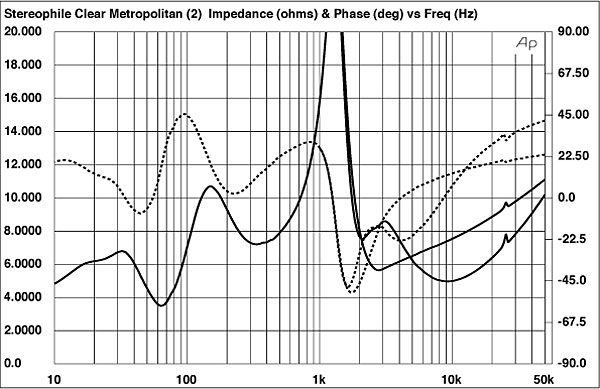
In the bass, the magnitude trace resembles that of a well-damped reflex, with the port tuning revealed by the valley at 66Hz. This trace was taken with the annular foam port insert in position. Removing it lowers the peak at 32Hz to 20Hz and reduces the depth of the trough slightly. For comparison's sake, fig.2 shows the impedance plot for our original Metropolitan sample before the major upgrade was performed. (The central trace in the treble of fig.2 is with the HF control set to Flat.) Though generally similar in shape, there are a number of significant differences, confirming that both the crossover and the bass alignment were changed in the revision.
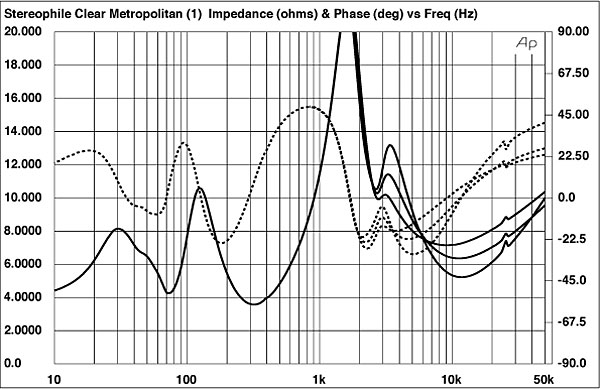
Next, I looked at the speaker's low-frequency response and how it was affected by the foam insert. Fig.3 shows the nearfield responses of the lower-midrange unit, the combined woofers, and the port without the foam, each plotted to its respective absolute level. For comparison, the nearfield responses with the foam insert are shown in fig.4. The foam ring narrows the woofers' passband slightly, or, to say the same thing in different words, slightly increases the Q of the driver tuning. It also broadens and brings up the level of the port's output, though this is still significantly lower in level than the output of the woofers themselves.
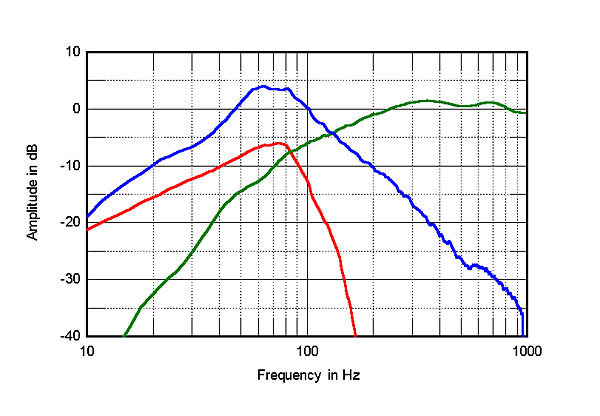
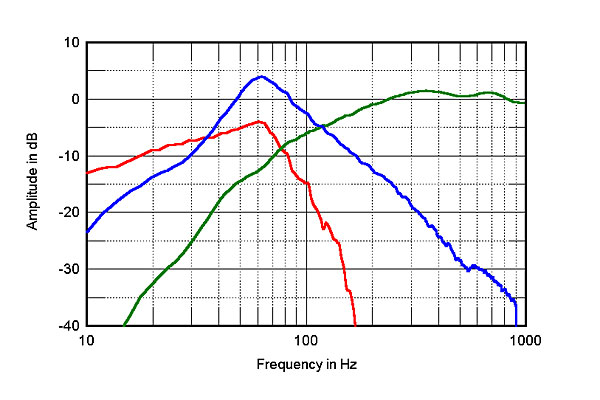
In the time domain, fig.5 shows the nearfield step responses of one of the woofers (blue trace) and the port (red). Clearfield refers to the woofer tuning as being a "critically damped, 4th-order tuned air column with modified Thiele/Small alignment," which I take to be a reflex of some sort, yet JE refers above to this speaker as being a transmission line. In a true reflex, the port output is out-of-phase with that of the woofer—a phase angle difference of 180°—at and below the port tuning frequency.
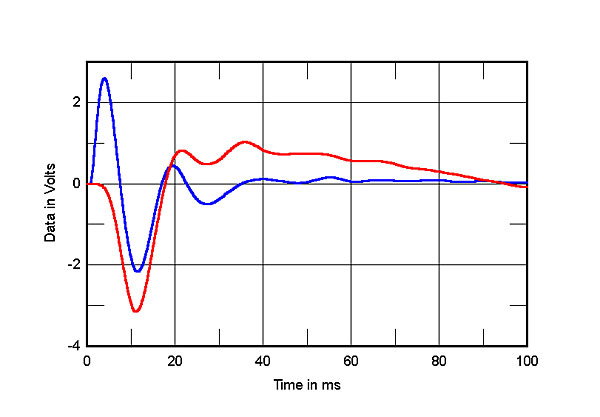
It might, at first glance, appear as though the port output of the Met is out of phase with that of the woofer, but it can be seen from fig.5 that the port's negative-going output is delayed sufficiently by the line so that it more or less coincides with the first negative-going portion of the woofer's step response, both reaching their nadirs at the 7ms mark. Despite the reflex-like impedance characteristic in the bass, this is behavior that somewhat resembles that of a transmission line. The Met is not quite a pure transmission line, however, as there is a residual phase difference in the port's passband between it and the woofer, ranging between 0° at 100Hz and 60° at 40Hz.
The overall response of the Met's port and woofers (amplitude and phase summed in the ratio of the square roots of the respective radiating areas), with and without the foam ring, can be seen to the left of fig.6. (Without the foam ring, the bass output peaks sharply between 55 and 65Hz; with the foam ring, it peaks slightly less sharply between 70Hz and 90Hz.) The speaker does not extend as low in the bass as might be expected from its size, its (quasi-anechoic) –6dB points, referred to the 200Hz level, being 33 and 36Hz, without and with the foam, respectively. But the approximate 4.5dB excess of midbass energy will still make the speaker sound "weighty." As JE and I found, however, this does lead to a persistent midbass prominence to the sound.
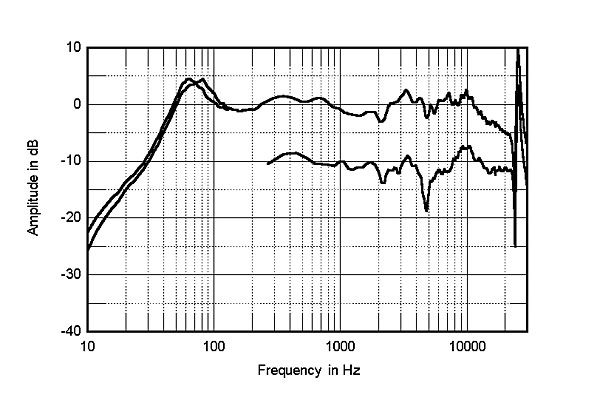
The top trace to the right of fig.6 shows the Met's overall response averaged across a 30° horizontal window on the tweeter axis with the grille off and the HF control set to flat. A slight lack of upper-midrange energy is followed by a slight excess in the mid-treble and an early top-octave rollout. The sharp peak at 25kHz is the tweeter's "oil-can" resonance, and should have no audible consequences. The lower trace in fig.6 is the same measurement taken for the earlier sample of the Metropolitan, again on the tweeter axis. The sharp suckout centered at 4.8kHz is due to the misaligned notch filter on the revised crossover board. Note, however, that although the trace is similar below the notch to that of the more recent speaker, the earlier speaker had significantly more energy above 8kHz, something that both Tom Norton and I noticed during our auditioning.
I suspect that, with or without the notch, the measured energy plateau in the on-axis mid-treble contributes to the hardness and sibilance noted during Jack's and my auditioning. Unfortunately, the equalization curves offered by the HF control are not the optimal shape to alleviate this mid-treble problem. This can be seen in fig.7, which show the differences between the on-axis responses with this control set to +2dB and –2dB and with it set to Flat. As I found in my auditioning, setting the treble to +2, to bring the top octave into the correct balance, made the speaker too hot in the mid-treble. Looking at the effect of the grille (fig.8), however, suggests that this might alleviate the treble excess.
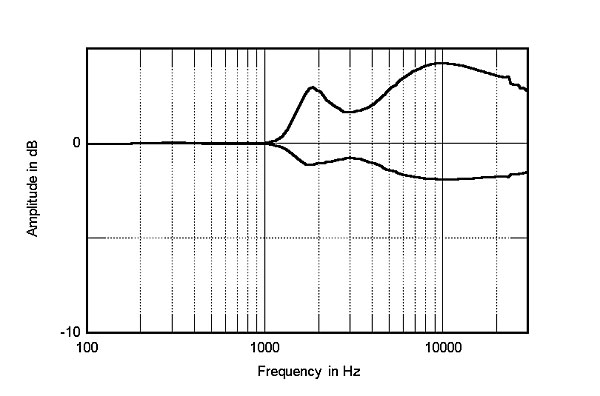
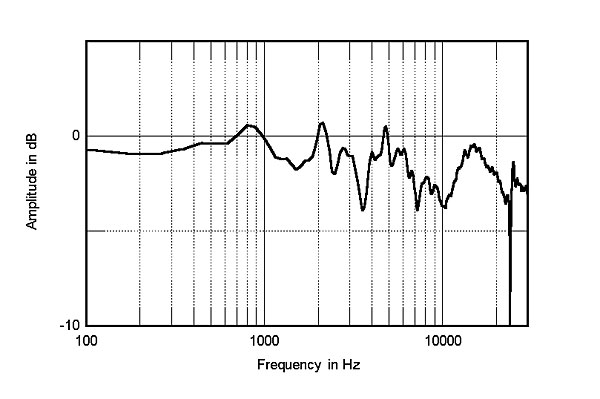
The measurements above were all taken on the tweeter axis, which is the intended design axis. This is a high 46" from the floor, however, which is 3" above my ears when I sit in a director's chair and 10" above my ears when I sit in my usual listening chair. Fig.9 shows that there are only minor changes in response as the listener moves down to the lower-midrange axis, but below that—and for standing listeners—a suckout progressively develops in the upper midrange. Note, however, that the speaker has excellent vertical dispersion in the treble, presumably due to the D'Appolito drive-unit configuration.
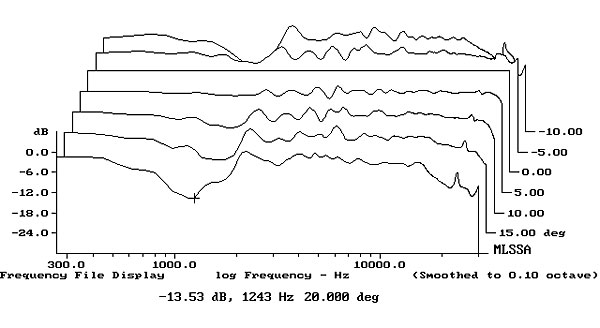
Laterally, the Metropolitan maintains its response with only minor changes out to 15° off-axis, as can be seen from fig.10, which show the response differences as the listener moves to the speaker's side to the inside (tweeter) edge of the front baffle (rear of graph) and to the outside (front). Beyond that angle, however, though the inside-edge response progressively loses high treble, an upper-midrange suckout develops to the speaker's outside edge, meaning that the sidewalls should probably be well-damped to avoid this lack of off-axis energy coloring the speaker's perceived in-room balance.
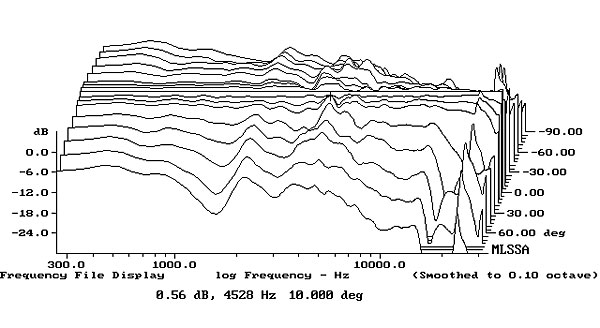
In the time domain, the speaker's impulse response is typical of a design using high-order crossover slopes and a metal-dome tweeter. The step response calculated from the impulse response is shown in fig.11, and confirms measurements taken on the individual drive-units that indicate: the tweeter to be connected with positive polarity—the sharp up-down spike at 3.4ms; the midrange units to be connected in inverse polarity—the slower, negative-going pulse at 4ms; and the woofers again to have positive polarity—the very slow rise over the rest of the 5ms window. (Ignore the wrinkles at 7.5ms in fig.12, which are due to reflections of the impulse from the room boundaries.)
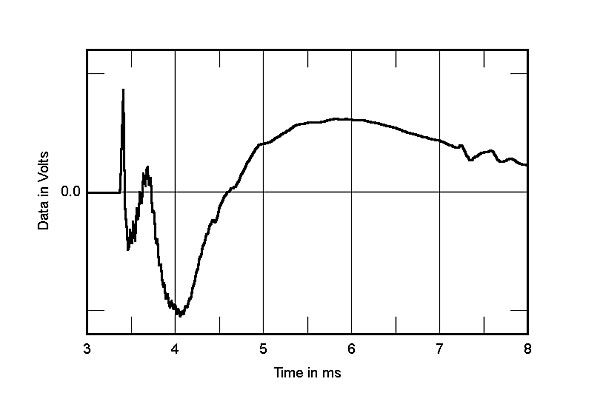
Fig.12, the cumulative spectral-decay, or "waterfall," plot calculated from the impulse response, is generally very clean, though there is a residual resonance at the cursor position (5105Hz) that has not been completely eliminated by the correctly tuned notch filter. There is also some slight hash an octave higher up in frequency. Perhaps more importantly, the slight peak at 3kHz that can be seen in fig.6 is associated with a slight hangover. This, again, might contribute to some subjective hardness to the speaker's tonal signature.
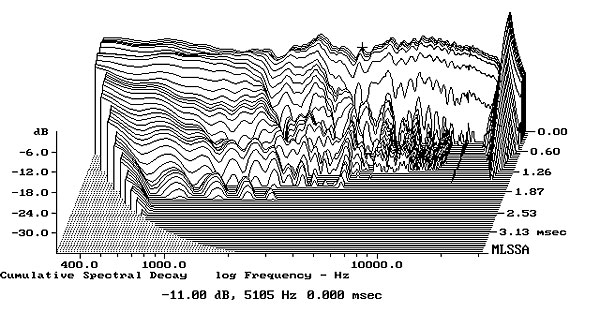
Finally, despite the large panels used, the Metropolitan's cabinet seemed fairly dead to the knuckle-rap test. This was confirmed by measuring with an accelerometer. The back panel was very inert, but there were significant resonant modes worth noting in the upper third of the angled side panels. As can be seen in fig.13, apart from some pumping of the enclosure wall at the bass tuning frequency of 66Hz, the modes are relatively high in frequency, confirming that the cabinet is very well braced. Nevertheless, listening to the speaker's upper sidewall with a stethoscope revealed the modes between 400Hz and 500Hz to be almost continually excited when the speaker was playing music. As the panel areas affected by these modes are both fairly large and are pointed toward the listener (due to the Metropolitan's unusual shape), I suspect that they are a contributing factor to the speaker's lack of lower-midrange clarity.—John Atkinson
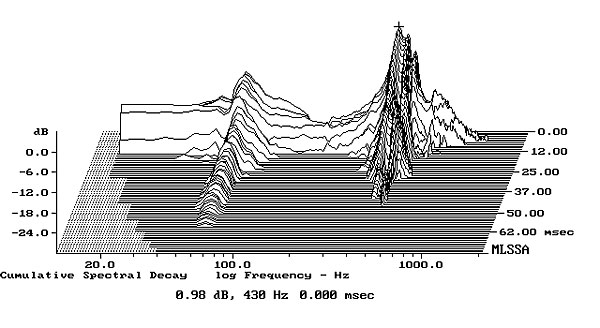

They looked cool, with that spiraling doped dust cap and large surround, but god they were difficult to work with..

It's amazing how close the designer's most recent, (non cost no object,) design stays to this one, after so much time.